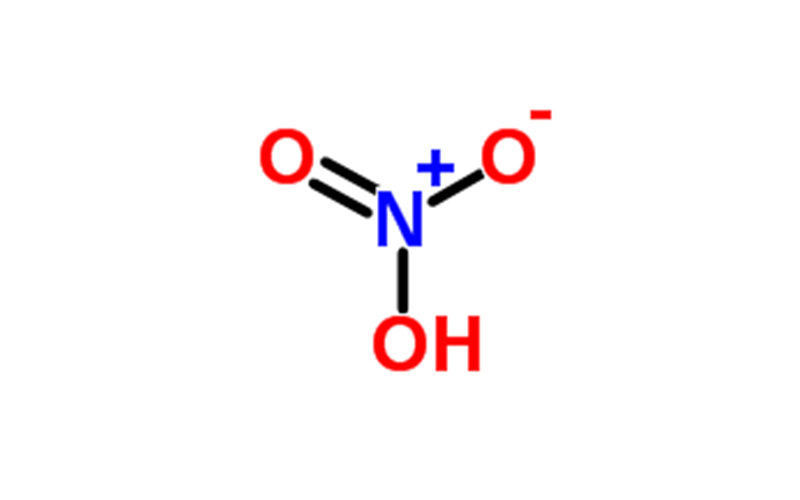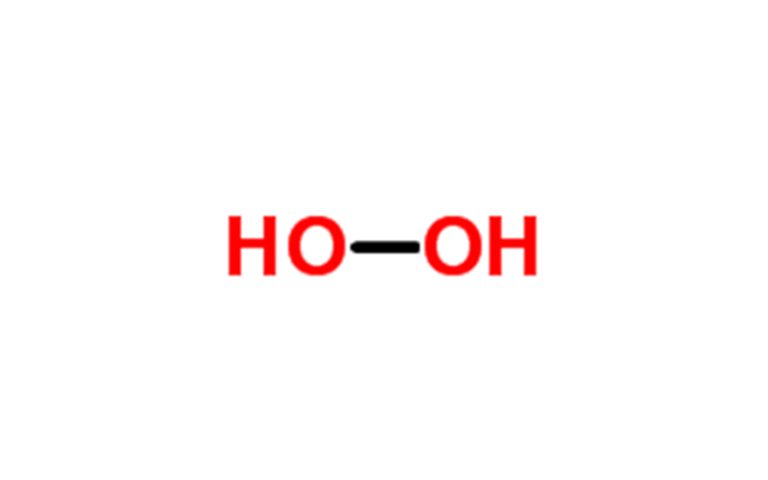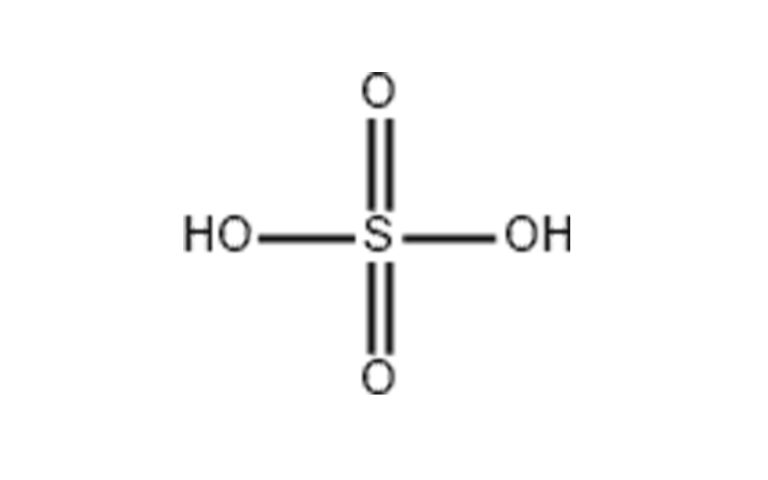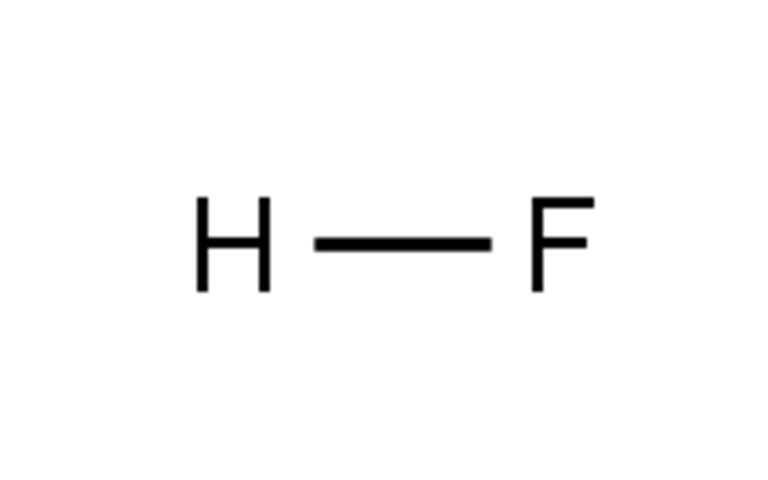| parameter | um | minimum | utmost | |
| Assay (HNO3) | % | 69.0 | 70.0 | |
| color | APHA’s | 5 | ||
| Chloride (Cl) | ppb | 80 | ||
| Phosphate (PO4) | ppb | 50 | ||
| Sulfate (SO4) | ppb | 100 | ||
| The impurities are the greatest | um | minimum | utmost | |
| Aluminum (Al) | ppb | 0.05 | ||
| Antimony (Sb) | ppb | 0.05 | ||
| Arsenic (As) | ppb | 0.05 | ||
| Barium (Ba) | ppb | 0.05 | ||
| Beryllium (BE) | ppb | 0.05 | ||
| Bismuth (Bi) | ppb | 0.05 | ||
| Boron (B) | ppb | 0.05 | ||
| Cadmium (Cd) | ppb | 0.05 | ||
| Calcium (Ca) | ppb | 0.05 | ||
| Chromium (Cr) | ppb | 0.05 | ||
| Cobalt (Co) | ppb | 0.05 | ||
| Copper (Cu) | ppb | 0.05 | ||
| Gallium (Ga) | ppb | 0.05 | ||
| Germanium (Ge) | ppb | 0.05 | ||
| Gold (AU) | ppb | 0.05 | ||
| Iron (iron) | ppb | 0.05 | ||
| Lead (Pb) | ppb | 0.05 | ||
| Lithium (Li) | ppb | 0.05 | ||
| Magnesium (Mg) | ppb | 0.05 | ||
| Manganese (Mn) | ppb | 0.05 | ||
| Molybdenum (Mo) | ppb | 0.05 | ||
| Nickel (Ni) | ppb | 0.05 | ||
| Niobium (Nb) | ppb | 0.05 | ||
| Potassium (K) | ppb | 0.05 | ||
| Selenium (Se) | ppb | 0.05 | ||
| Silver (Ag) | ppb | 0.05 | ||
| Sodium (Na) | ppb | 0.05 | ||
| Strontium (Sr) | ppb | 0.05 | ||
| Tantalum (Ta) | ppb | 0.05 | ||
| Thallium (Tl) | ppb | 0.05 | ||
| Tin (Sn) | ppb | 0.05 | ||
| Titanium (Ti) | ppb | 0.05 | ||
| Tungsten (W) | ppb | 0.05 | ||
| Vanadium (V) | ppb | 0.05 | ||
| Zinc (Zn) | ppb | 0.05 | ||
| Zirconium (Zr) | ppb | 0.05 | ||
| Particle counting | um | minimum | utmost | |
| ≧ 0.1 μm | pcs/ml | 300 | ||
| ≧ 0.5 microns | pcs/ml | 50 | ||
| ≧ 1.0 microns | pcs/ml | 10 | ||
Physical and chemical properties
- Density: ~1.41 g/cm³ (at 20°C)
- Boiling point: ~83°C
- Melting point: -42°C
- pH: Strong acidity
- Solubility: Completely miscible with water, reacts violently with organic solvents
- Decomposition: Releases NO₂ gas when heated or exposed to light
- Synonyms: nitric acid; fuming nitric acid; hydrogen nitrogen water; concentrated nitric acid; dilute nitric acid; nitrate water; hydrogen nitrate; Nitric acid, 0.1N standard solution; Nitric acid standard solution
In R&D and production, it is often necessary to analyze the content of various elements in samples, and AA, ICP-OES, ICP-MS is usually used to analyze the elements of samples dissolved in ultra-pure reagents:
1. Analyze the metal elements in the sample by signal absorption spectroscopy, suitable for G1/G2 grade products.
2. Spectral analysis of metal elements in plasma samples, applicable to G3/G4 grade products – ppb grade.
3. Analyze the metal elements in plasma samples by mass spectrometry, and apply G5/G6 grade products – ppt grade.
Wrap:
Imported high-purity, corrosion-resistant fluoropolymeric resin PFA material is used as the packaging container for G4, G5 and G6 series products;
Use high-density polyethylene bottle (HDPE) as the packaging material of G1~G3 series products;
The 500mL packaging products are secondary packaged in PE bags, and the outer layer of PET bottles is protected to improve the safety of the products during transportation.
Other ultra-pure reagents can be customized, and detailed needs can be contacted by our salesman to communicate specifications
Main applications:
- Semiconductor industry:
- Wafer cleaning and etching processes are essential
- For RCA cleaning (SC-2) to remove metal contaminants
- Electronics Manufacturing:
- High-purity oxidizers in the production of circuit boards and components
- Etchants in microfabrication and lithography
- Chemical Synthesis & Research:
- Reagents in high-purity chemistry and drug synthesis
- Precursor of nitrification reactions
- Metallurgy & Surface Treatment:
- For the passivation of stainless steel
- High-purity nitric acid for metal etching and refining
- Environmental & Analytical Applications:
- Used in ICP-MS and other trace analysis techniques
- For ultrapure water production
Safety and handling
- Hazards: Strong acids and oxidants, highly corrosive to metals and skin, emitting toxic NOx fumes when decomposed.
- Storage:
- Store in an acid-resistant, airtight container (e.g., PTFE, PFA, or glass)
- Store in a cool, dark, well-ventilated place away from organic matter
- Protective Equipment: Use chemical-resistant gloves, goggles, and acid-resistant clothing. Ensure proper ventilation when handling.
Market and supply
- Packaging: Available in HDPE or fluoropolymer containers, typically in 2.5 liters, 25 liters, or bulk packaging, for industrial use
- Regulations: Meets SEMI C7 standards for semiconductor applications and other high-purity industry requirements








